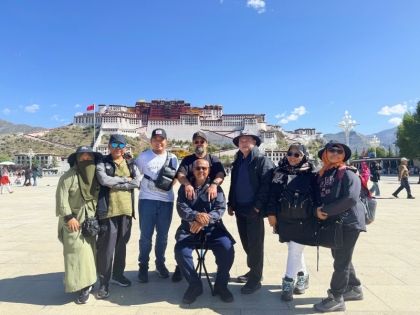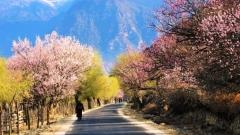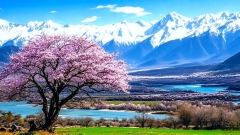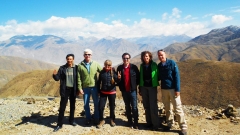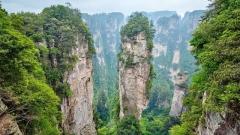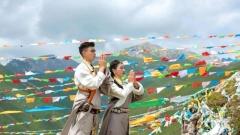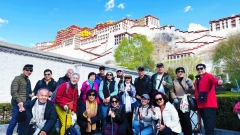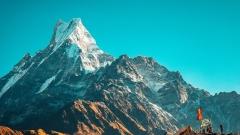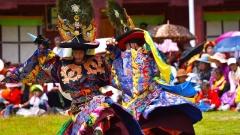Shigatse is the second-largest city in Tibet and a hidden gem full of spiritual and cultural treasures. Often overlooked in favor of Lhasa or Mount Everest, it offers peaceful monasteries, historic sites, and scenic landscapes. Whether you’re into culture, religion, or adventure, Shigatse is well worth a visit.
1. Visit Tashilhunpo Monastery — Seat of the Panchen Lama
Tashilhunpo Monastery is the spiritual heart of Shigatse and one of the most important monasteries in Tibetan Buddhism. Founded in 1447 by the first Dalai Lama, it is now the official seat of the Panchen Lama, Tibet’s second-highest spiritual authority.
Don’t Miss:
-
The 26-meter-high Maitreya Buddha statue.
-
Golden rooftops shimmering at sunset.
-
Pilgrims walking the monastery kora (circumambulation path).
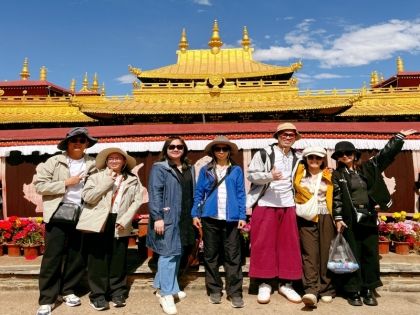
Tourists at Tashilhunpo Monastery
2. Walk the Kora Around Shigatse Dzong (Fortress)
Towering above the city, the reconstructed Shigatse Dzong offers panoramic views over the valley. While the original fort was destroyed during the Cultural Revolution, the rebuilt structure still captures its historic aura.
Tip: The kora path around the fortress is a peaceful walk with prayer flags fluttering in the wind and stunning views of Shigatse’s old town.
3. Explore Shalu Monastery — A Fusion of Tibetan and Han Architecture
Located about 30km southeast of Shigatse, Shalu Monastery is often overlooked by tourists but cherished by scholars. Its design blends Tibetan and Chinese (Han) styles, reflecting cultural exchange along the Silk Road.
Highlight: Frescoes inside the main temple are some of the oldest and finest in Tibet, dating back to the 14th century.
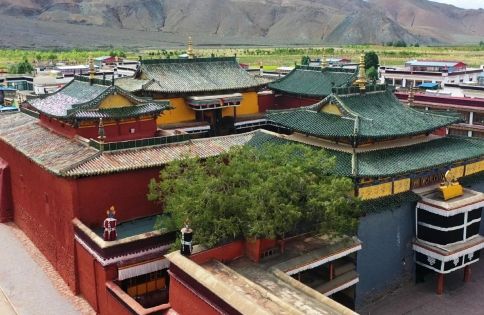
4. Discover Sakya Monastery — Tibet’s “Second Dunhuang”
A couple of hours’ drive from Shigatse lies Sakya Monastery, the center of the Sakya school of Tibetan Buddhism. Known for its grey walls and fortress-like design, Sakya is home to over 80,000 sacred scriptures.
Why Go:
-
Ancient murals and scriptures.
-
A different architectural style from other Tibetan monasteries.
-
A glimpse into a once powerful religious dynasty.
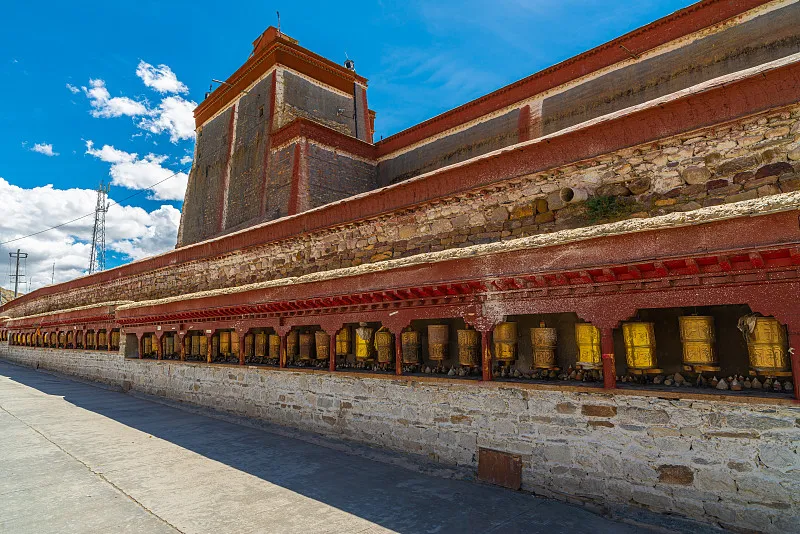
Prayer Corridor of Sakya Monastery
5. Stroll Through Local Markets
For a more intimate look into daily Tibetan life, visit Shigatse’s local markets. Vendors sell everything from Tibetan incense and yak butter to traditional jewelry and handmade prayer wheels.
Cultural Tip: Bargaining is common, but always remain respectful.
6. Enjoy Tibetan Cuisine
Shigatse offers a chance to sample authentic Tibetan food beyond tourist restaurants. Local eateries serve up:
-
Thukpa (noodle soup)
-
Tingmo (steamed buns)
-
Tsampa (roasted barley flour)
-
And of course, butter tea
Try a traditional family-run restaurant near the old town for a warm and immersive meal.
7. Use Shigatse as a Gateway to Everest Base Camp
Shigatse is the last major city before reaching Everest Base Camp (E.B.C.) via Tingri. Most travelers heading to E.B.C. from Lhasa stop here to acclimatize.
Plan Ahead: Shigatse is a great place to stock up on supplies or grab extra oxygen cans before heading into higher altitudes.
Travel Tips for Visiting Shigatse
-
Altitude: Shigatse is located at around 3,800m (12,500 ft). Take time to acclimatize before going higher.
-
Best Time to Visit: May to October, with June to September being ideal for E.B.C. trips.
-
How to Get There: Most travelers reach Shigatse via a scenic drive or train from Lhasa (~5–6 hours).
-
Permits: A Tibet Travel Permit is required for all foreign travelers. If you’re continuing to Everest, additional permits are needed.
Conclusion
Shigatse may not have the buzz of Lhasa or the drama of Everest, but it has something even more special—a quiet sense of authenticity, deep-rooted spirituality, and a gateway to some of Tibet’s most remarkable treasures. If you’re seeking to understand the heart of Tibet beyond the typical tourist trail, Shigatse is your hidden gem.
Classic route recommendation
